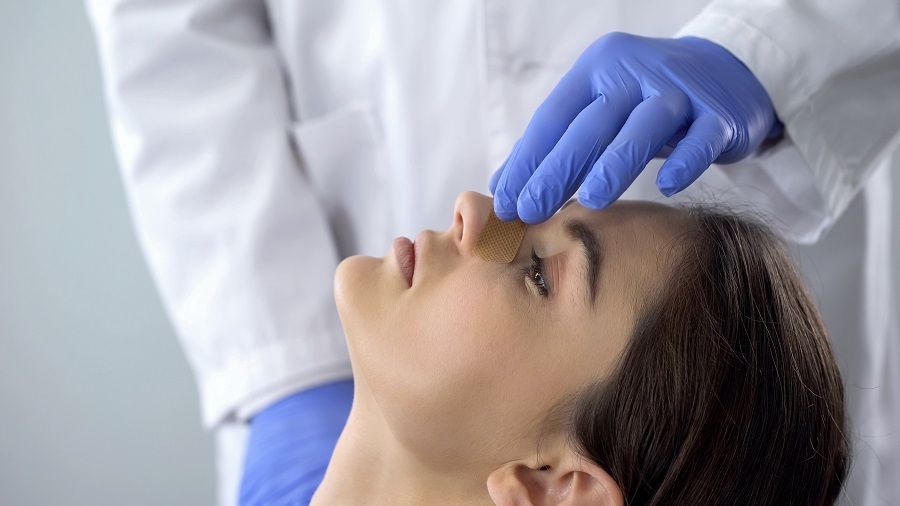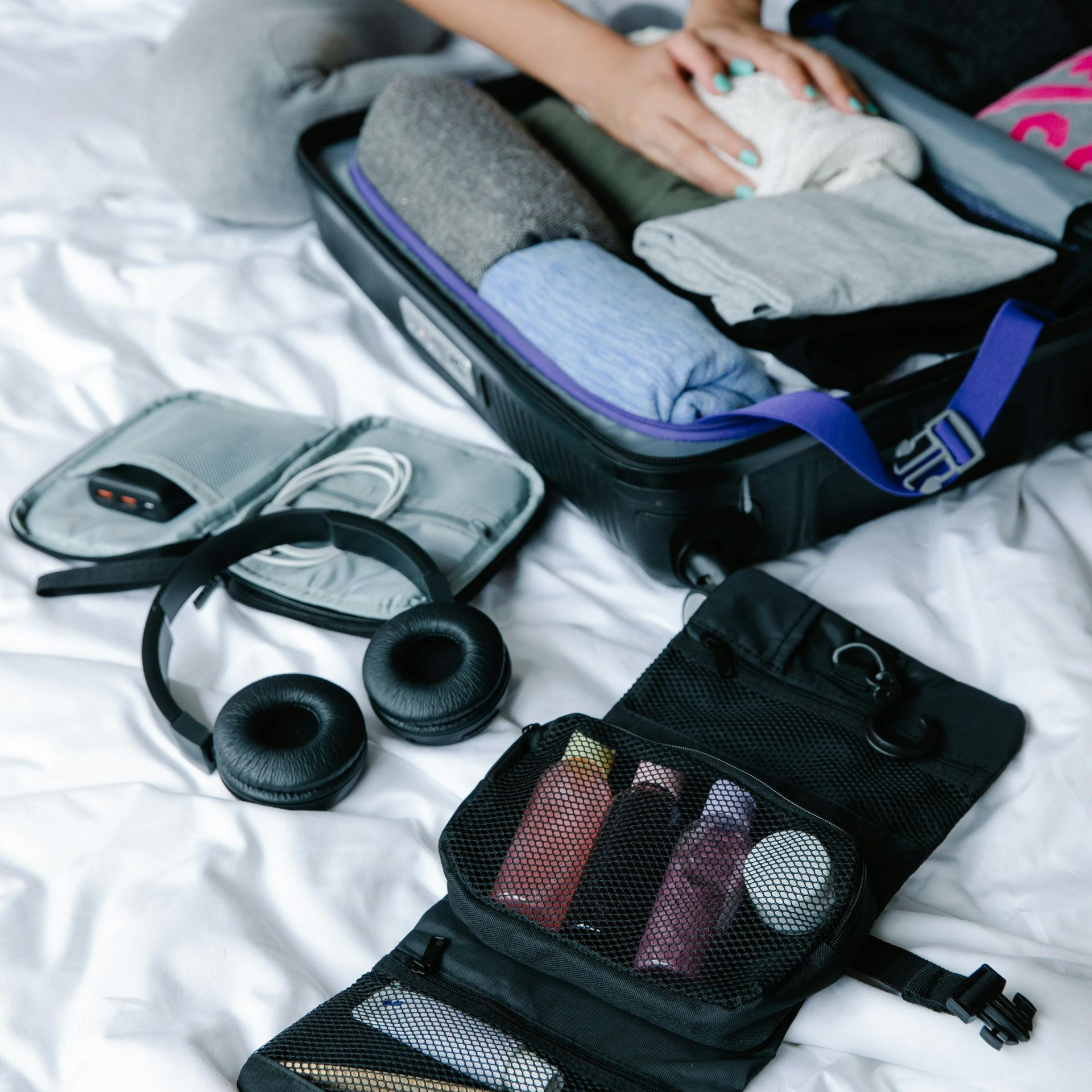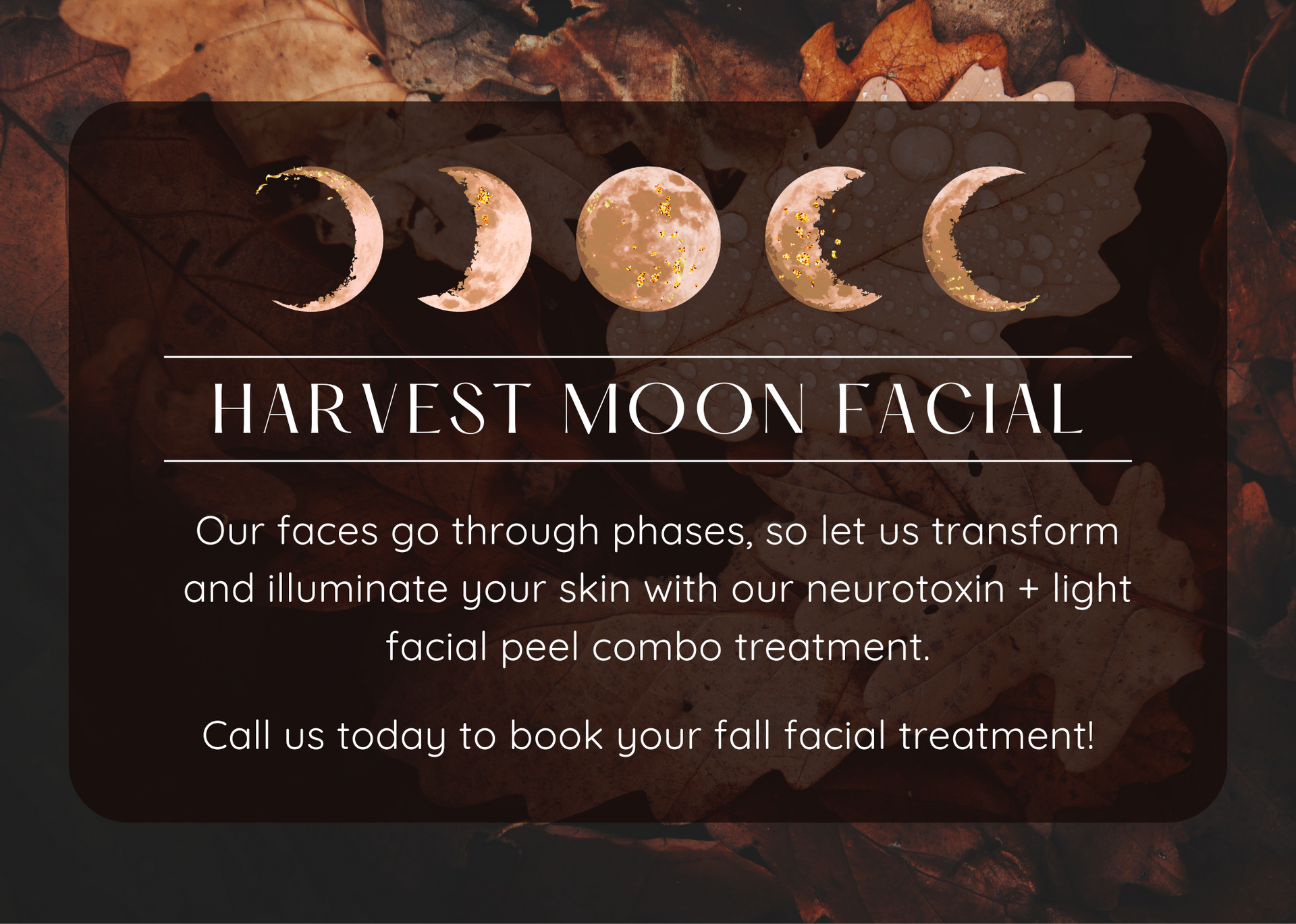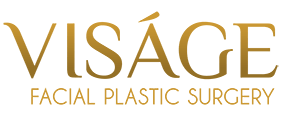From Consultation to Recovery: Your Guide To Rhinoplasty

Embarking on a rhinoplasty journey is a deeply personal decision, and at Visage Facial Plastic Surgery, we understand the importance of a thorough and transparent process. From your initial phone screening to your post-operative care, Dr. Patel and our team are committed to guiding you every step of the way.
The Consultation:
Here at Visage Facial Plastic Surgery, we begin all surgical consultations with a phone screening which can easily be scheduled here on our website. If approved for rhinoplasty after this phone screening, a rhinoplasty consultation with Dr. Patel can be scheduled for a fee of $100. This fee will be applied toward your booked surgery or other treatments at Visage.
At your consultation, Dr. Patel will take your photograph, then digitally modify it to create a representation of your desired outcome. These alterations are kept realistic by always considering what maneuver would be performed for a given change. Dr. Patel brings these photos in the operating room as a reference.
After the consultation, there is a second visit called a "pre-op". At this visit, we will go into much greater detail about how to best prepare for the coming procedure. We offer a wealth of information about optimizing your recovery, ensuring proper healing, resuming normal activities, and avoiding complications.
Following the consultation, you will have a second appointment known as a "pre-op." In this session, we will delve further into how to effectively prepare for your upcoming procedure. We provide extensive information on optimizing your recovery, ensuring proper healing, resuming everyday activities, and preventing complications.
Rhinoplasty Surgery:
Based on the patient's concerns, we have various techniques to enhance the appearance of the nose or revise.
- Bridge: By carefully shaping the underlying bone and cartilage, we can refine the slope and definition of the bridge. The bridge can be lowered (such as to correct a hump), elevated, narrowed, or widened.
- Nasal Tip: We can enhance the position and definition of the tip by sculpting the underlying nasal cartilage and soft tissue. The tip can be elevated, lowered, projected further, or projected less.
- Nostrils: We can enhance the position, width, and shape of the nostrils by sculpting the soft tissue of the ala. Typically, this procedure aims to narrow the nostrils and minimize flaring.
- Surgery Duration:
- Tip/Minor Rhinoplasty: 1 hour.
- Primary Rhinoplasty: 3 to 4 hours.
- Revision Rhinoplasty with grafts: up to 6 hours.
- Anesthesia:
- Tip or nostril work only: option for in-office under local anesthesia.
- Bridge work: general anesthesia at hospital.
- Incisions:
- Open Rhinoplasty: The external incision is positioned on the columella (the area between the nostrils on the underside of the nose). This incision takes the form of a “W” rather than a straight line, as the human eye tends to perceive straight lines more distinctly than curved or jagged ones. It is strategically placed farther back on the base of the nose to conceal it further. Additional incisions are made within the nasal cavity.
- Closed Rhinoplasty:
Incisions are hidden inside the nose.
After Surgery:
Once your surgery is complete, you will be sent home wearing a folded gauze "drip pad" under your nose to collect drainage and a protective splint. For the initial healing period, you will be advised to rest with your head elevated. The protective splint and external stitches will remain for 5-7 days.
When the splint is first removed, your nose will appear swollen. The swelling will increase before it begins to subside. For one more week, you will need to maintain head elevation and avoid rolling onto your nose while sleeping.
After the first week, we may start you on nasal compression exercises. You should perform 3 compressions in the morning, and 3 in the evening. Each compression is gentle, but sustained and lasts 20-30 seconds with a short intervening break. The exercises help to keep the nasal bones in place and reduce swelling more quickly.
Experiencing numbness around the incision site and at the nasal tip is normal and typically resolves within 3 to 6 months. Additionally, your upper lip may feel stiff for a while, which might affect your smile. Patience is key; this will improve within a few weeks.
Swelling can persist for up to 6 months, so it’s important to be patient as you await your results. Generally, thicker and oilier skin takes longer for the swelling to diminish. Ultimately, you will see improvement.
Start Your Rhinoplasty Journey:
If you would like to consult with Visage Facial Plastic Surgery for your rhinoplasty procedure, get started by clicking "Schedule a Consultation" at the bottom of your screen.





